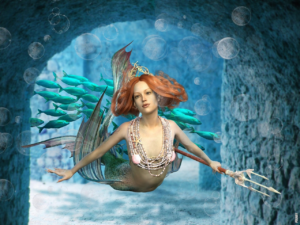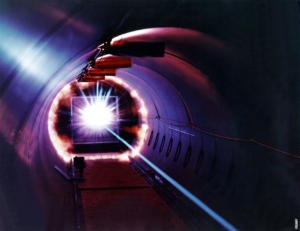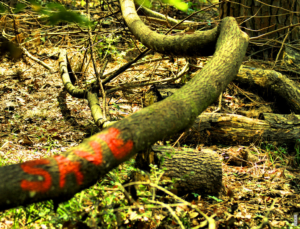The Intriguing Metamorphosis: From Water to Ice
Water is a substance we encounter daily, flowing freely from our taps, nourishing our bodies, and sustaining life on Earth. However, have you ever wondered what happens when water encounters extreme cold temperatures? Prepare to be amazed as we delve into the captivating transformation of water into ice.
The Dance of Molecules
At its core, the metamorphosis from water to ice is a mesmerizing dance of molecules. Water, in its liquid state, consists of countless tiny molecules vibrating and moving around freely. Each molecule consists of two hydrogen atoms bonded to a single oxygen atom, forming the familiar H2O structure.
However, when the temperature drops, these molecules gradually lose their energy. As a result, they begin to slow down and move closer together, forming a more structured arrangement.
The Birth of Ice Crystals
As the temperature continues to decrease, the molecules in water reach a critical point where they can no longer maintain their fluidity. It is at this crucial moment that the transformation into ice commences.
As the molecules slow down, they arrange themselves into a hexagonal lattice structure, creating the enchanting world of ice crystals. This intricate pattern is responsible for the unique properties and stunning beauty of ice.
The Role of Freezing Point
Water typically freezes at 0 degrees Celsius (32 degrees Fahrenheit). However, various factors can influence the freezing point, such as impurities or pressure. For instance, adding salt to water lowers its freezing point, which is why we use salt to de-ice roads during winter.
The Magic of Hydrogen Bonding
The process of freezing water goes beyond mere temperature changes. Hydrogen bonding, an intermolecular force, plays a crucial role in this transformation. In liquid water, hydrogen bonds constantly form and break, allowing the molecules to flow.
When the temperature drops, these hydrogen bonds become more stable, causing the molecules to arrange themselves into a structured pattern. This phenomenon leads to the solidification of water, resulting in the formation of ice.
Post
Post
Ice Varieties: Nature’s Masterpieces
Not all ice is the same. Depending on the conditions during freezing, different types of ice can form. For instance, when water freezes slowly, large and transparent ice crystals known as clear ice are formed. On the other hand, when freezing occurs rapidly, small and cloudy ice crystals are produced.
Furthermore, ice can also take on various forms, such as ice cubes, icicles, or snowflakes. Each of these formations showcases the incredible diversity and complexity of ice.
The Wonders of Ice in Nature
Ice is not only a phenomenon we encounter in our refrigerators; it plays a crucial role in nature as well. From the majestic glaciers sculpting landscapes to the delicate frost crystals adorning winter mornings, ice showcases its awe-inspiring beauty in numerous ways.
Moreover, the formation of ice on bodies of water acts as an insulating layer, protecting aquatic life during harsh winters. This natural occurrence speaks to the intricate balance and resilience of our planet.
Conclusion
The transformation of water into ice is a captivating process, involving the choreography of molecules, the magic of hydrogen bonding, and the creation of mesmerizing ice crystals. From the delicate snowflakes falling from the sky to the vast icy landscapes, ice reveals its artistic and essential presence in our world. So, the next time you encounter ice, take a moment to marvel at the extraordinary journey it has undertaken from its humble liquid state.



